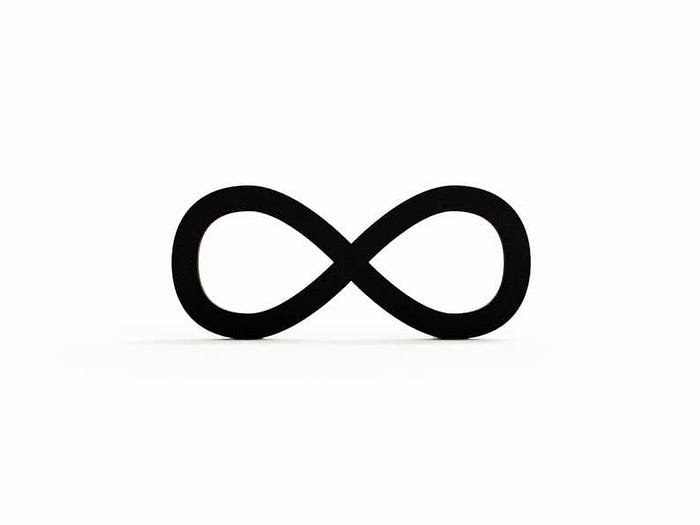Exploring Infinite Numbers: From Even Numbers to Bigger Infinities
Unveiling the Astonishing World of Mathematics Beyond Counting

Introduction
Back in seventh grade, my teacher said something interesting: “There are as many even numbers as there are numbers.” I thought, “Really?” Well, both groups are infinite, so they might be the same. But even numbers are just part of whole numbers. So, maybe there are more whole numbers than even numbers? Let’s dig in and understand what this means.
Matching Concept
Let’s start by thinking about when two sets have the same size. When I say I have the same number of fingers on each hand, what does that mean? It’s not about counting; it’s about matching them up. This idea is ancient and practical. For example, ancient people used stones to count sheep without actually counting. Similarly, in a full auditorium, chairs and people match up, even if we don’t know the exact count. So, when sets have the same size, it means their elements can be matched one by one.
Even Numbers
My fourth-grade teacher showed us a row of whole numbers and their doubles underneath. The bottom row had all the even numbers, and they matched perfectly. This tells us that there are as many even numbers as there are numbers overall. But the concern remains: aren’t even numbers just a part of whole numbers? Well, this analogy doesn’t mean my hands have the same number of fingers!
Fractions
Listing all fractions might be tough. But there’s a clever way, thanks to Georg Cantor. Arrange them in a grid and make a zigzagging list, skipping duplicates. This lists all the fractions and pairs them with whole numbers. This is surprising, as we thought there might be more fractions. It’s like making sure every sheep returns to the pen.
Irrational Numbers
Not all numbers on a line are fractions. Some, like the square root of two and pi, are irrational. They’re not crazy, just non-fractions. Can we match whole numbers to all decimals, including irrationals? No, Cantor proved this impossible. You can’t list all decimals, showing they’re a bigger infinity.
Bigger Infinities
Cantor showed that new sets made from subsets of original sets create larger infinities. This means there are infinitely many infinities of different sizes. These ideas may seem strange, and Cantor faced criticism and depression. Yet, his ideas became vital to math.
Continuum Hypothesis
The set of real numbers is a larger infinity than whole numbers. Cantor wondered if there were in-between infinities. This question called the continuum hypothesis, was a big math challenge. It turns out, Gödel and Cohen showed it can’t be proven true or false, revealing the limits of math.
Conclusion
Math is powerful, but it has limits. There are questions math can’t answer. Still, these ideas are fascinating and important, showing us the incredible world of mathematics.
Credit: https://youtu.be/UPA3bwVVzGI
